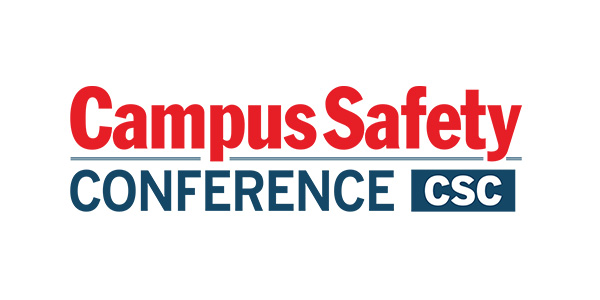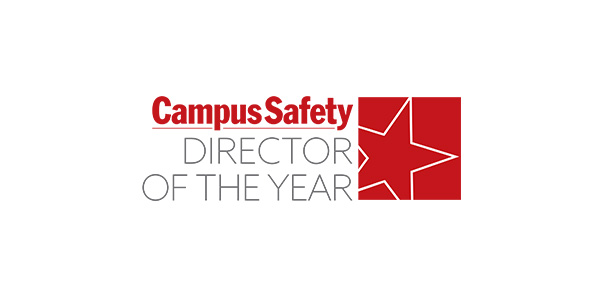It’s been a little more than a week since the launch of the Obamacare online health exchange, and—technically speaking at least—it is rolling out with limited success. In its first week of operation, Healthcare.gov (the Web site where Americans can shop for insurance) is slow and not allowing everyone who wants coverage to sign up.
Although I’m hopeful these issues will soon be resolved, the technical problems with Healthcare.gov demonstrate the challenges campuses run the risk of experiencing when hiring contractors for the installation and integration of new technology. In the federal government’s case, the contractor selection process is so burdensome that it discourages the best and brightest from applying for government contracts, reports NPR. Instead, companies that know how to lobby, understand the regulations and can navigate the bureaucratic maze effectively are usually the ones selected for the jobs.
Hopefully, your institution isn’t weighed down with this type of process. If you are, it’s advisable to simplify it. With the complexity of video surveillance, access control, emergency notification, fire alarm, communications and intrusion systems continually increasing, it’s more important than ever for a hospital, school district or university to select not just a good, but a great security and technology contractor. That need is even more pronounced when a campus wants to integrate with other non-security systems on campus, such as retail and HVAC. You don’t want an unnecessarily complicated contracting process to be a barrier to hiring the best service provider for your installation.
If you can swing it, selecting one trustworthy contractor to do all of the work can make the process easier. It enables the campus to develop a long-term relationship with the service provider, which allows its staff to become familiar with the institution’s layout, personnel and culture, thus minimizing the hassles of managing multiple contractors. That being said, it’s always good to be open to other players, especially if there has been a significant change in your contractor’s personnel.
Regional integrators often provide better support after the installation. However, contractors with large, national footprints might have more expertise in more specialties. Additionally, they can share best practices on a wider variety of topics among their significant number of branches.
If the project is large, a request for proposal (RFP) will most likely be required. A well-written RFP with a limited number of bidders that are authorized dealers of the product lines you or your consultant specify can help you cull the wheat from the chaff. One word of caution if you use this approach: don’t just accept the lowest bid. Be certain you are able to make apples-to-apples comparisons.
These recommendations are just a start, and there is no getting around the fact that selecting contractors for a large project can be complicated. Still, whether you go the sole-source or bid route, hopefully you can make the process as simple as possible so you can attract the most qualified contractors for your job.






